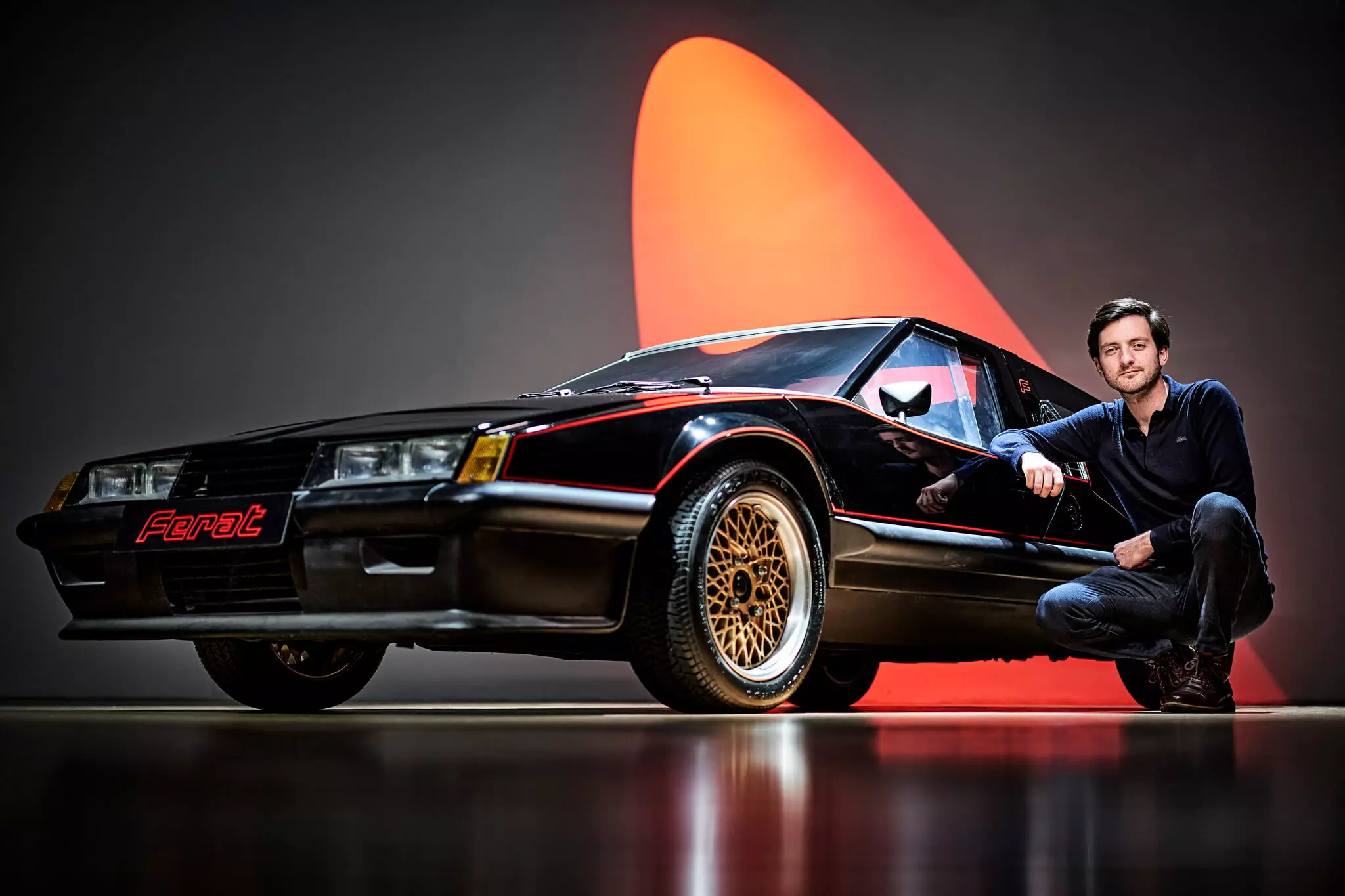An Škoda sports car? That's right. THE Škoda Ferat “lives” only in a virtual world and is the result of the imagination of the French designer of the Czech brand, Baptiste de Brugiere.
It is the latest addition to the “Icons get a makeover” initiative, where Škoda designers revisit the brand's century-old history and bring to our times some of the most iconic (or intriguing) models from its past, reinterpreting them.
This is the case with this Škoda Ferat, which was originally born in 1972 as the 110 Super Sport, a prototype for a sports car unveiled at the Brussels Motor Show that same year. The futuristic-looking coupé was derived from the Škoda 110 R, a small rear-engine, rear-wheel-drive coupe.
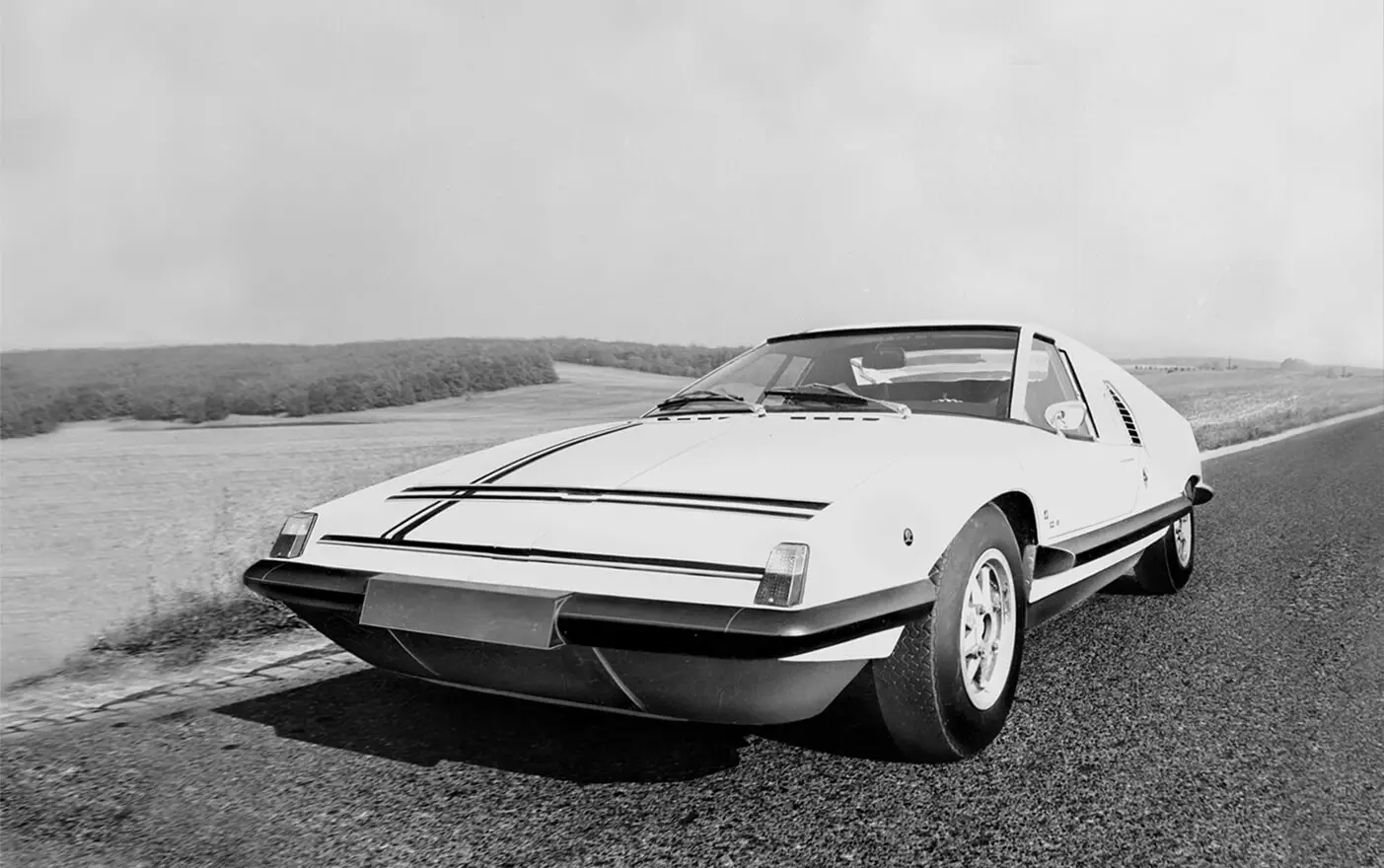
Skoda 110 Super Sport, 1972
The prototype “accused” at only 900 kg and its small four-cylinder with a capacity of just 1.1 l debited 73 hp of power, allowing it to reach a maximum speed of 180 km/h — a value of respect for its height. A more powerful power unit, with 1147 cm3 and 104 hp, inherited from the 110 L competition rallye, would later be installed, which would raise the top speed to a more impressive 211 km/h.
Škoda intended to make a limited series of the 110 Super Sport, but the political context of the 70s in former Czechoslovakia did not invite projects of this nature. The only finished 110 Super Sport was left only and only for the prototype.
Almost 10 years later, 110 Super Sport would know a second life, when he was chosen to be the main “actor” of a sci-fi horror film, “The Vampire of Ferat” (“Upír z Feratu” in the original language) which would debut in 1981 — the story that revolves around a “vampire car” that needs human blood to function.
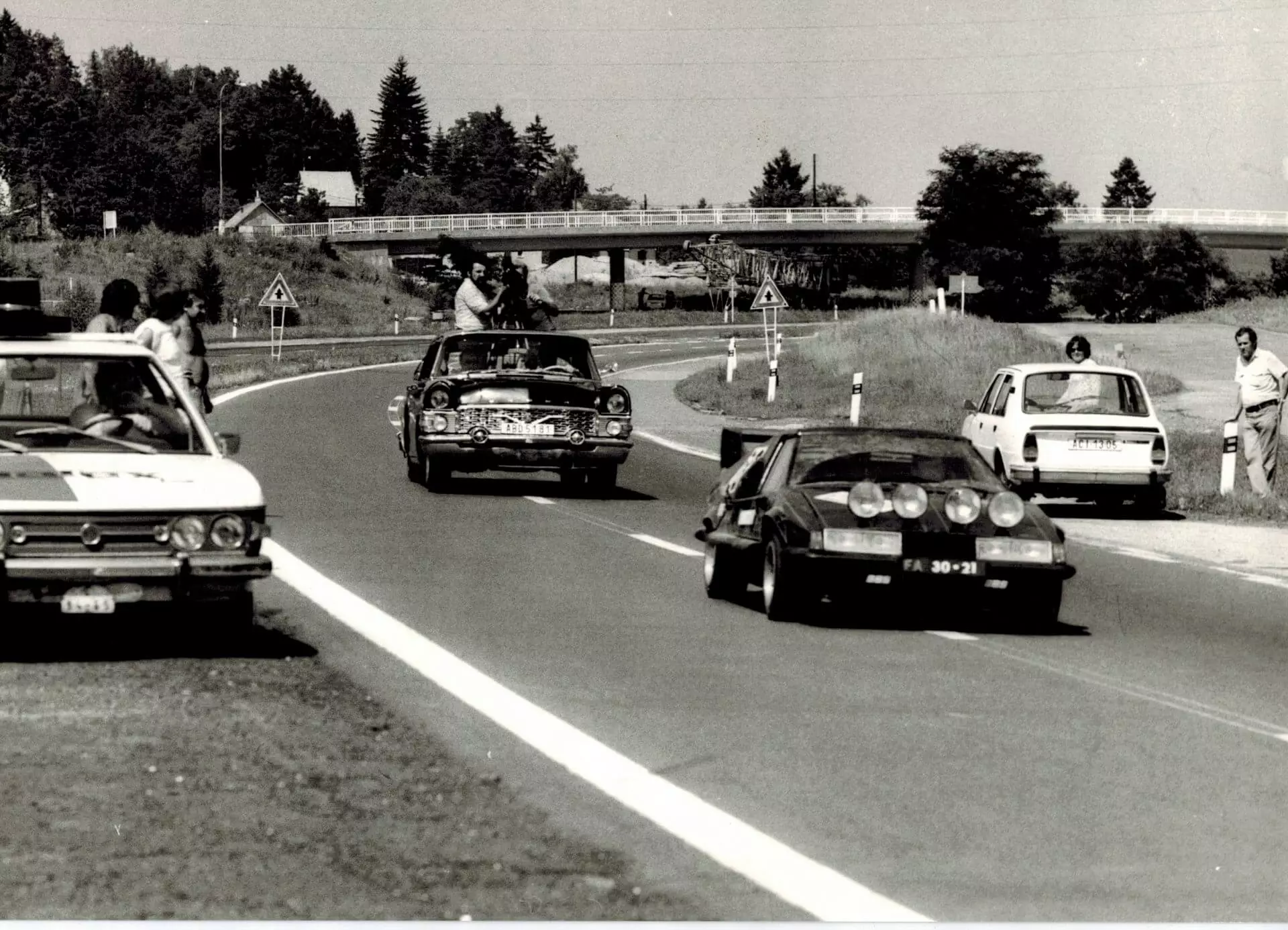
For its new role, the 110 Super Sport has been substantially redesigned to become the Škoda Ferat, a futuristic rally car. The task was carried out by Theodor Pištěk, renowned designer and artist — he would win an Oscar for best wardrobe for his work in “Amadeus”, by Milos Forman.
The prototype's white color would be replaced by a more sinister black, with red lines accentuating some of its features. The front also lost its retractable headlamps and gained fixed and rectangular optics, while the rear optics were inherited from the Škoda 120, which was under development at the time. Finally, the Škoda Ferat got a rear wing and 15″ wheels from BBS.
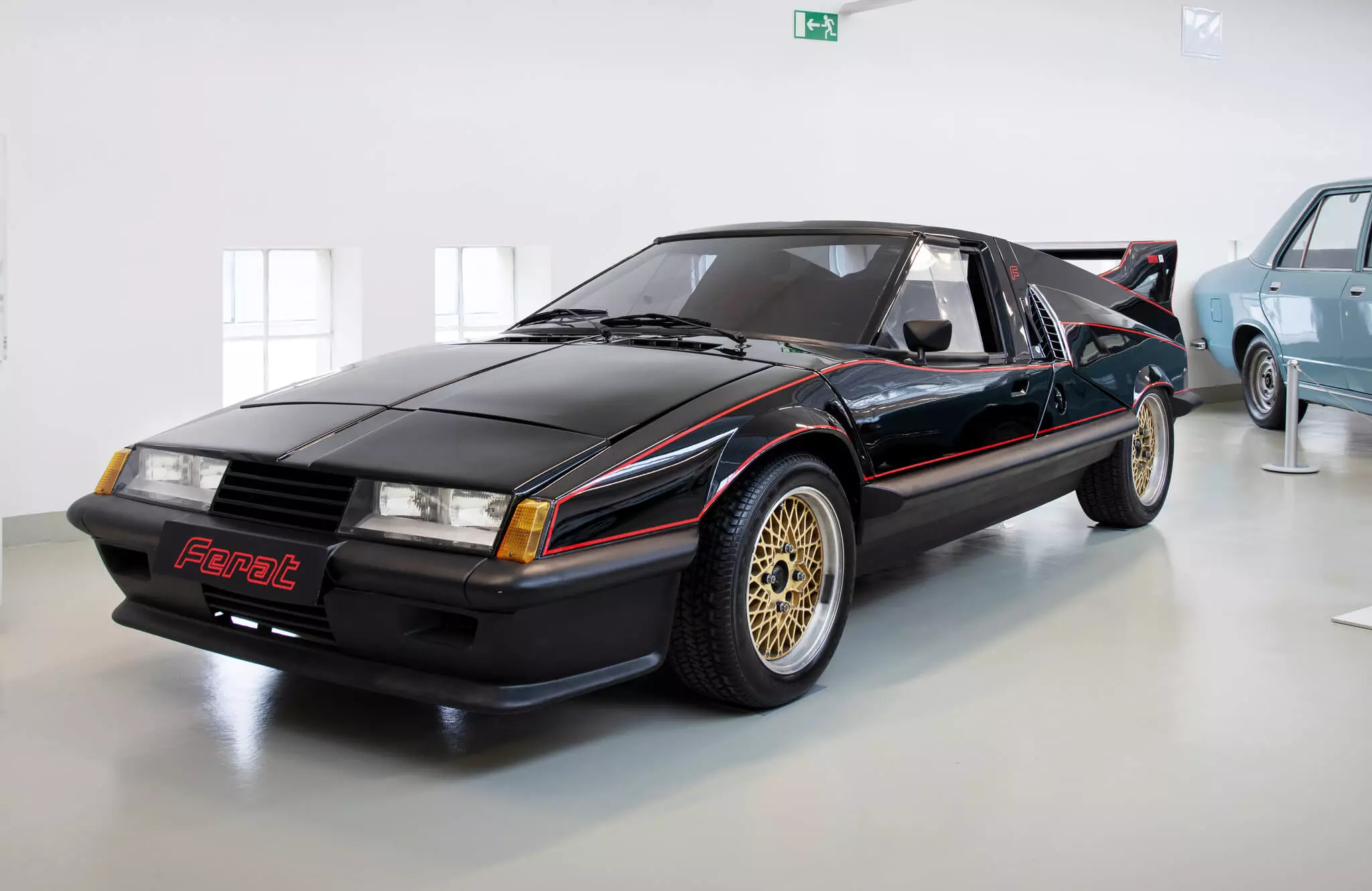
Baptiste de Brugiere recovers the Ferat for today, with a futuristic-looking sports coupé for the Czech brand, without falling into the easy “retro”.
The new Škoda Ferat, however, retains the angular shapes of the original and a prominent rear wing, with the greatest difficulties pointed out by de Brugiere being in the descending lines that start from the front bumper and go all the way to the rear of the original Ferat.
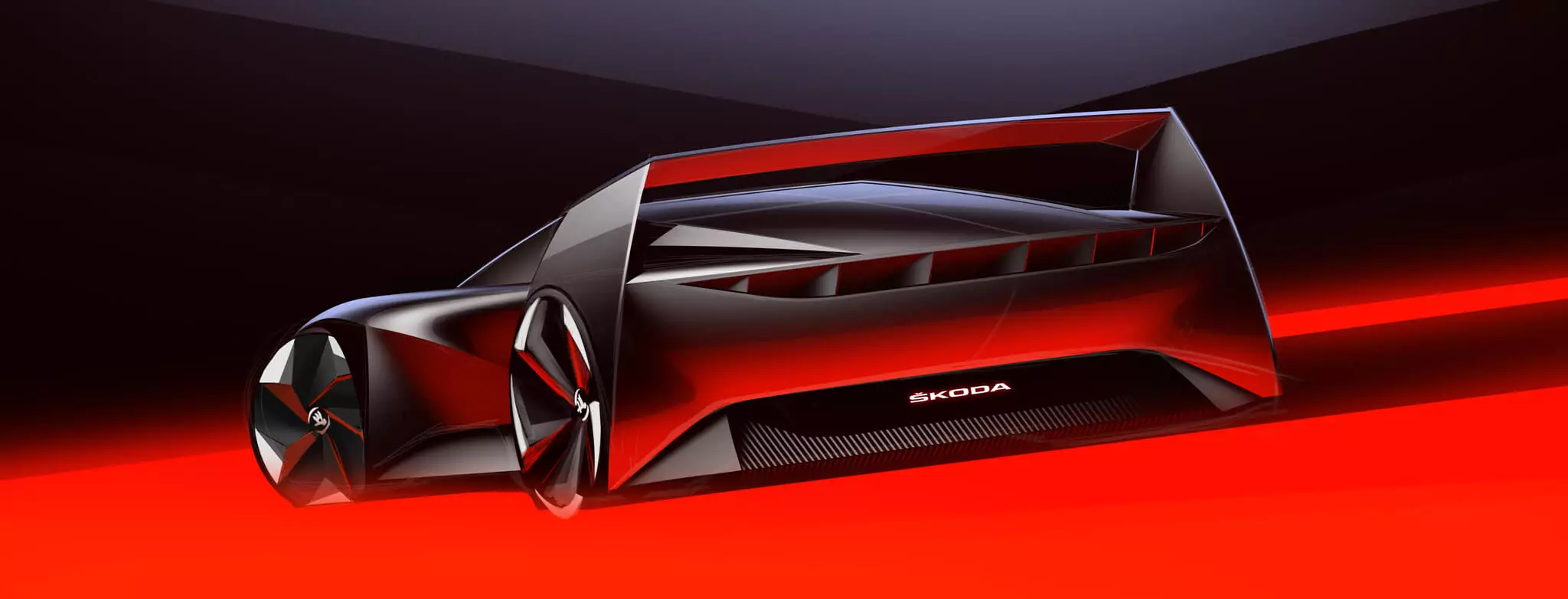
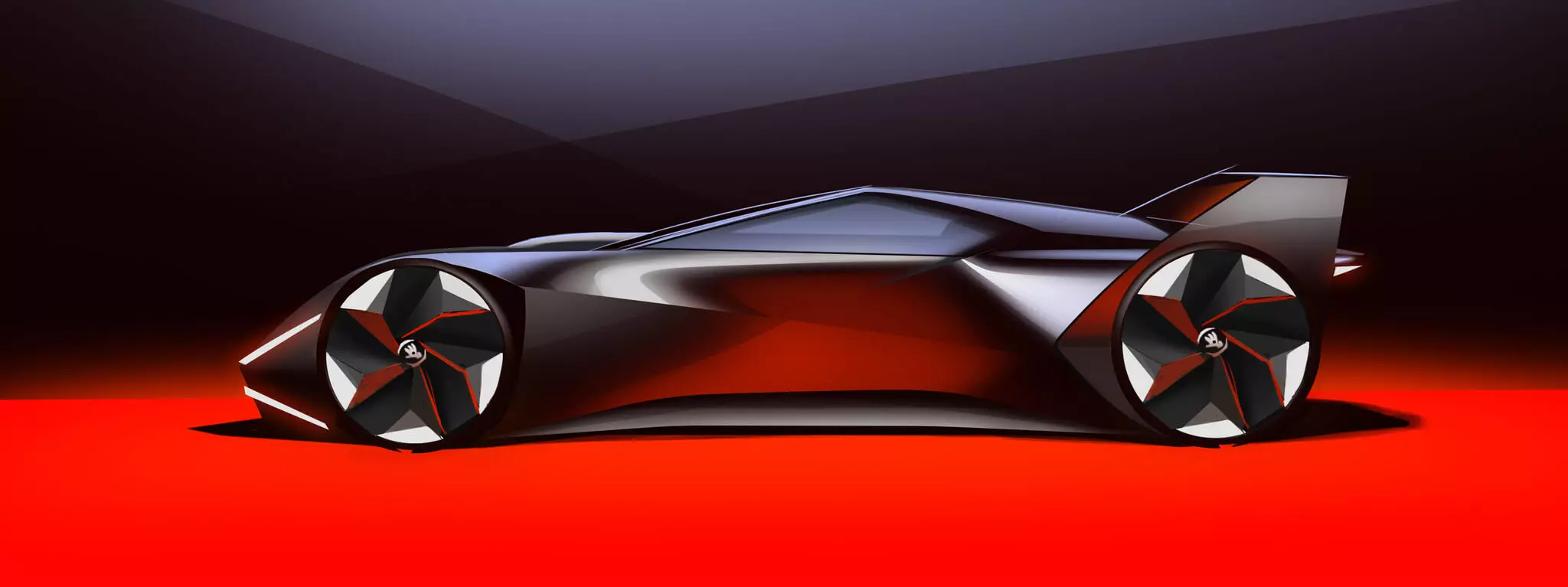
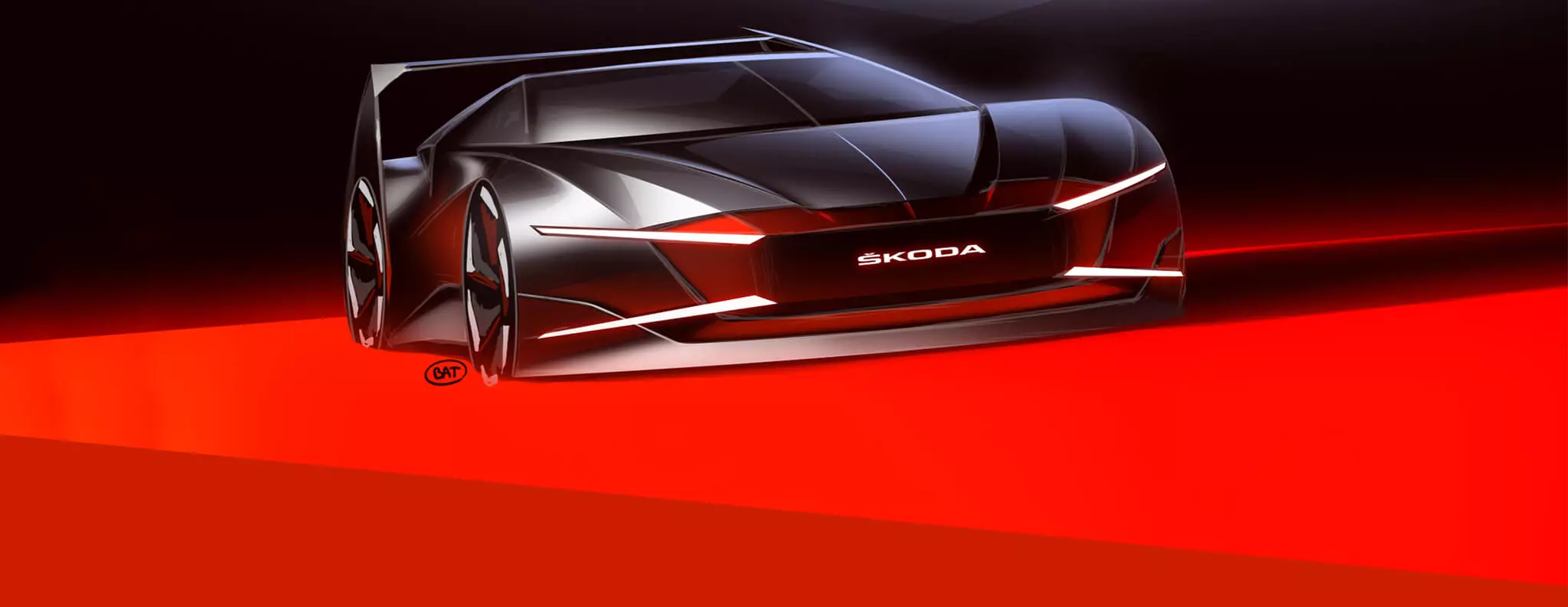
A formal feature that has fallen out of favor — nowadays it is precisely the opposite that is more used to obtain a more dynamic and even muscular-looking design — so get the sidelines right and figure out how to balance them to achieve a modern look was the biggest challenge for this designer.
“It was only after I managed to get the set of these basic proportions right that I started to work on the other details”, concluded Baptiste de Brugiere.
